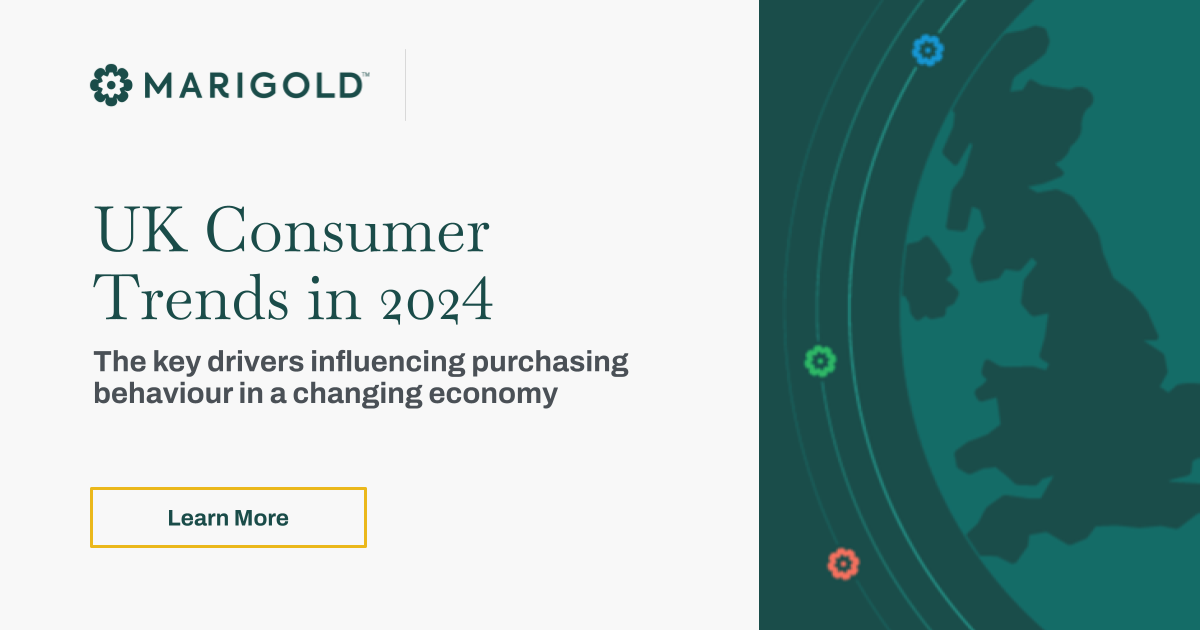Mobilegeddon: Googleâs Mobile Dilemma
23 Apr 2015

Google has a problem with phones. That might sound odd given that the company has been a champion of mobile first. They also own Android, the most popular smartphone OS globally. And they have the most used apps across all smartphone platforms. The problem they have, though, is with the money. In particular, falling revenues from paid search advertising.
There are two challenges for Google. Firstly, their successful apps such as maps and Gmail are taking users away from the ads they serve through web – fewer people see them. Secondly, mobile ad bids are worth less than desktop. In May 2014 Comscore identified that mobile accounted for over half of all time spent in digital, but it only represented 13% of ecommerce sales. With a lower conversion rates, advertisers are not willing to bid the same as desktop. This has had an impact on Google. Bloomberg reported their ad revenues fell by 5% in 2014. To make matters worse, Facebook’s revenue increased during the same period, helped by their successful native ad offering. One of the ways that Google is trying to tackle the mobile problem is through their search algorithm. As of this week mobile friendliness is part of the search rankings. This includes the site loading speed, responsive design elements and other mobile factors, such as type size.
Whenever Google makes these changes there is an understandable sense of worry (maybe even panic), as Jason Cross highlighted shortly before the update. Afterall, Tuesday's update was termed ‘mobilegeddon’. Search Engine Watch found that it has affected some sites. Ryanair, which has a distinctly unfriendly site for mobile users, dropped in their rank for ‘budget airline’ searches. However, mobile friendliness is just one of 200 or so search factors and it doesn’t appear to have a widespread impact (yet). Relevant content and inbound links still remain key and those sites with a reasonable degree of mobile optimization are seeing little impact on their search traffic.
Regardless of the motives, Google’s move makes sense. Although mobile conversion is lower, it plays an important role in the purchase funnel. Research from Emarketer found that whilst it may not drive high sales, mobile is often part of brand consideration. People are browsing and researching on their smartphones but ofton purchasing on desktop or in store (the ROPO effect). Optimising sites for an increasing number of mobile users can only be of benefit.




.png)
Please login to comment.
Comments